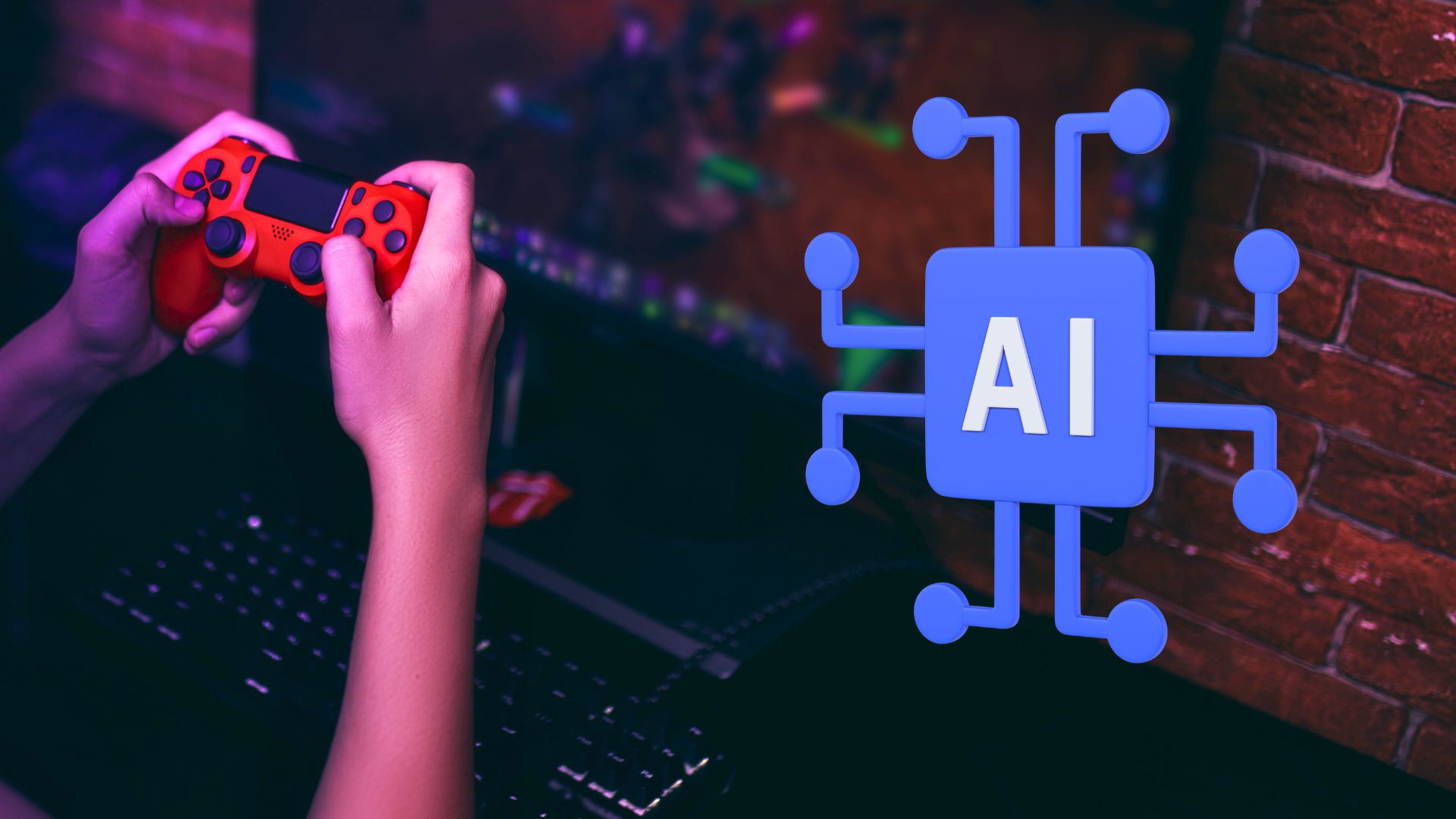
Analysis Of The Role Of AI And ML In The Gaming Industry In 2023
- In its early years, when games had simple graphics and few gameplay options, the gaming industry had come a long way. The use of ML and AI in game production has led to games with lifelike graphics and engrossing stories in today’s market.
- Huge volumes of player data are analyzed by AI and ML algorithms to determine personal preferences, behaviors, and skill levels. With the help of data-driven design, game creators can customize gameplay based on the individual traits of each player.
- AI-driven personalization improves player happiness and immersion by creating customized challenges and adaptable difficulty levels, which makes games more entertaining and engaging.
AI and ML technologies are anticipated to completely alter game design, player experiences, and market trends by 2023. There are many advantages that these modern technologies offer the gaming industry. Through AI and ML, gamemakers can automate their design procedures, construct intelligent NPCs, and produce unique gameplay experiences.
On the other hand, gamers may take advantage of improved immersion, variable difficulty settings, and intelligent in-game support, making their gaming sessions more interesting and personalized to their preferences.
The Impact Of AI And ML On The Gaming Industry
For three years, a lot of players have stepped into the gaming industry. Worldwide, there have been 2.7 billion additional gamers who’ve helped the gaming platform achieve a market value of $300 Billion. According to several assumptions, there are going to be 400 million additional gamers worldwide by the end of 2023. Experts predict that new games using AI and ML will outperform traditional ones in revenue.
The gaming industry and how players engage with games have altered recently as a result of AI and ML integrations. One of their main achievements is improving behavior analysis and character intelligence. The NPC and gaming environment are becoming more intelligent and tailored for players thanks to both technologies. AI also facilitates NPC decision-making and lifelike animations, enhancing the storytelling in games and bringing virtual environments closer to reality.
The State Of AI And ML In Gaming Currently
A lot of games are currently employing AI and ML, thanks to rapid technological breakthroughs. Here are a few examples of the changes that the integration of AI and ML has brought about.
- AI-Driven Adversaries and NPCs
AI-driven NPCs (non-player characters) and opponents have behavior patterns built into them that control how they react and behave in the game world. These patterns include strategies for fighting, judgment calls, motions, actions, reactions and other related things.
- Improved Gaming Environments
AI algorithms contribute to the creation of game material such as environments, levels, buildings, etc. The method allows for the building of huge, varied game environments without the need for manual design. For instance, procedural generation is used in games like ‘Minecraft’ to produce limitless, distinctive environments.
- Graphical Modeling Optimization
AI can upscale low-quality photos to a higher native resolution in real-time by using resolution scaling algorithms and machine learning. It enables games to keep their frame rates high and offers sharp pictures for increased engagement.
- Customized Missions and Themes
AI and ML in gaming encourage personalized quests and storytelling, providing distinctive and catered experiences. AI systems gather information about player choices, gameplay tactics, actions, and preferences. After gathering the necessary information, AI aids the game in customizing and adapting the plot and quests based on player choices.



